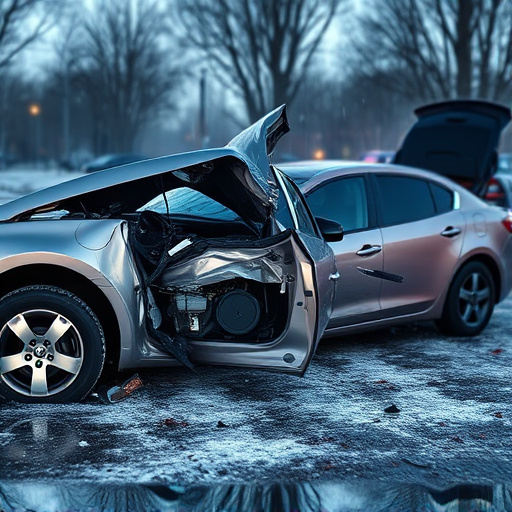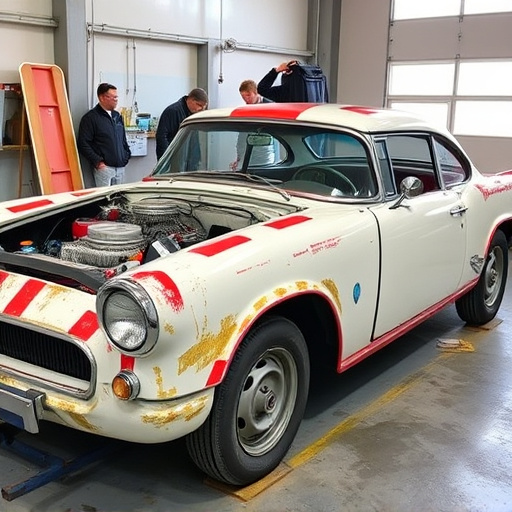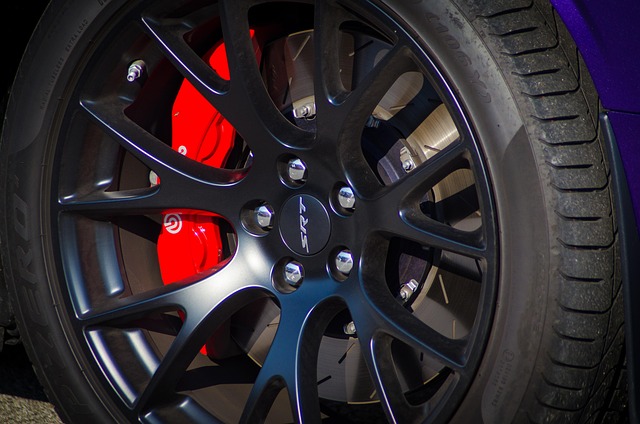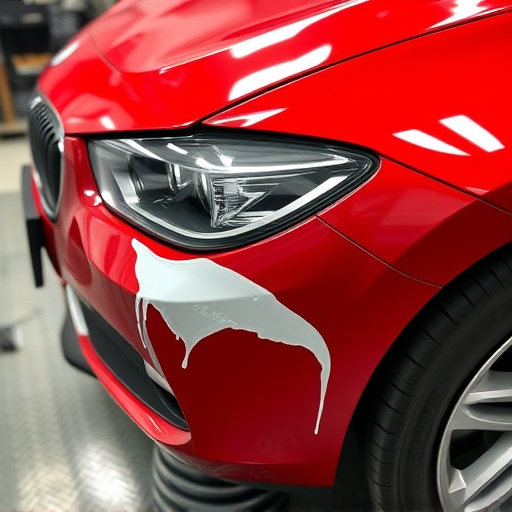The Mercedes Electronic Stability Control (ESC) is a vital safety feature that prevents skidding during critical maneuvers by monitoring wheel speed, steering angle, and dynamic parameters. Reputable car bodywork services with expertise in modern vehicle systems use advanced diagnostic tools to identify and repair or replace ESC components like sensors, control units, and actuators. After repairs, dynamic stability testing simulates real-world driving conditions to validate the ESC's effectiveness, ensuring optimal performance, safety, and superior handling for every journey.
Mercedes-Benz’s Electronic Stability Control (ESC) system is a cornerstone of modern vehicle safety, actively stabilizing cars in critical situations. This article delves into the intricacies of Mercedes electronic stability repair, focusing on both the technical aspects and the validation through dynamic stability tests. We explore the process, ensuring optimal performance and enhanced safety after repairs, providing insights for owners and mechanics alike. Understanding ESC failure and its remedy is paramount for maintaining the dynamic balance that defines Mercedes vehicles.
- Understanding Mercedes Electronic Stability Control (ESC) System
- The Process of Repairing ESC Failure Validated by Dynamic Stability Tests
- Ensuring Optimal Performance and Safety After Mercedes ESC Repair
Understanding Mercedes Electronic Stability Control (ESC) System

The Mercedes Electronic Stability Control (ESC) system is a sophisticated safety feature designed to enhance vehicle stability and prevent skidding during critical driving maneuvers. This advanced technology uses sensors to monitor wheel speed, steering angle, and other dynamic parameters in real-time. When ESC detects loss of control or unstable behavior, it intervenes by individually braking wheels and adjusting engine power to help restore stability. By swiftly addressing understeer or oversteer situations, ESC reduces the risk of accidents and improves overall driving confidence.
When undergoing Mercedes electronic stability repair, it’s crucial to engage reputable car bodywork services specializing in modern vehicle systems. Skilled technicians utilize advanced diagnostic tools to identify issues with ESC components, such as sensors, control units, and actuators, often found within the vehicle’s complex network of computer systems and intricate car body painting components. They then employ precise techniques for repair or replacement, ensuring optimal system functionality while aligning with manufacturer standards for auto painting and overall car bodywork services.
The Process of Repairing ESC Failure Validated by Dynamic Stability Tests
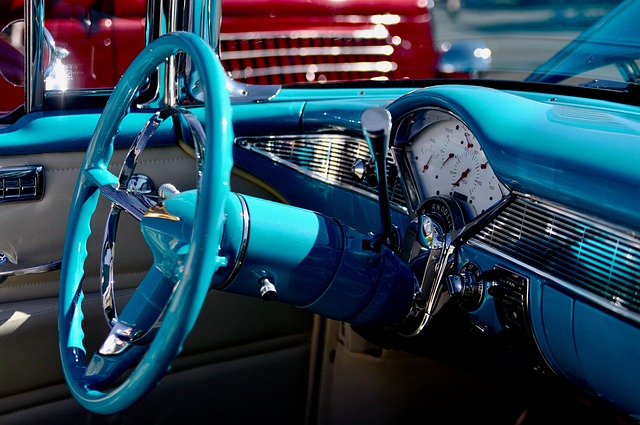
The process of repairing Mercedes electronic stability control (ESC) failure involves a meticulous approach to ensure optimal performance and safety. It begins with a thorough diagnosis using advanced diagnostic tools to pinpoint the exact cause of the ESC malfunction. Once identified, the repair strategy is tailored accordingly—whether it’s replacing faulty sensors, recalibrating control units, or addressing issues within the software. The core of this process lies in dynamic stability tests, which simulate real-world driving conditions to validate the effectiveness of the repair. These tests subject the vehicle to various scenarios, from emergency maneuvers to cornering at high speeds, ensuring the ESC system functions flawlessly under all circumstances.
Auto repair services specializing in Mercedes vehicles employ highly skilled technicians who understand the intricate interplay between the ESC, brakes, and steering systems. They work hand-in-hand with specialized equipment, such as diagnostic scanners and dynamic test platforms, to restore the vehicle’s stability control. The goal is not just to fix the immediate issue but also to prevent future ESC failures, ensuring long-lasting performance and peace of mind for car owners. This meticulous attention to detail in Mercedes electronic stability repair translates into enhanced safety features, which are pivotal for both everyday driving and emergency situations.
Ensuring Optimal Performance and Safety After Mercedes ESC Repair

After undergoing a Mercedes electronic stability repair (ESC), ensuring optimal performance and safety is paramount to maximize the vehicle’s capabilities on the road. Dynamic stability tests play a crucial role in this process, meticulously evaluating the system’s responsiveness, precision, and overall effectiveness during various driving scenarios. These tests go beyond mere inspection, as they simulate real-world conditions to verify that the ESC functions flawlessly, enhancing both driver confidence and passenger security.
The meticulous nature of Mercedes ESC repair ensures not just a functional system but also a seamless integration with the vehicle’s existing dynamics. Proper restoration, encompassing auto body painting and automotive collision repair techniques if needed, further solidifies the overall performance and longevity of the vehicle. This holistic approach guarantees that the Mercedes retains its reputation for superior handling, stability, and safety features, making it a reliable companion on every journey.
Mercedes electronic stability repair is a critical process that ensures the safety and optimal performance of vehicles equipped with Electronic Stability Control (ESC). As validated by dynamic stability tests, repairing ESC failure not only restores the vehicle’s handling and stability but also enhances overall driving confidence. By adhering to proper repair procedures, mechanics can guarantee that Mercedes cars continue to navigate turns and unpredictable road conditions with precision and control, ultimately providing drivers with a secure and dependable driving experience.

